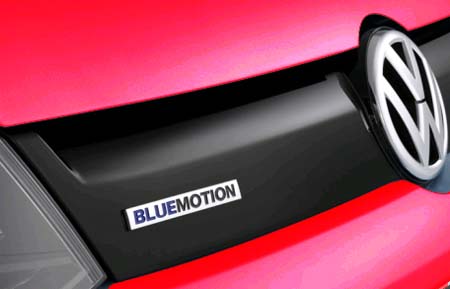EPC LIGHT
Seeing a VW or a Volkswagen or Polo da Volkswagen or a VAG car or a new Polo on tow, is becoming an all too familiar site, - view picture below. VW cars are seen piggy-backed and carried to service centers on a daily bases because VW owners are encountering serious trouble with their Volkswagen cars.
Many Volkswagen drivers are often stranded on the high ways or freeways whilst driving to and from work because their VAG cars are throwing tantrums, by going into limp mode and turning on the EPC light. Most VW drivers have no idea why engine light comes on.
I've been late for meetings on several occasions because of this. On a few others, I couldn't make it to the bank in time because the Electronic Power Control -EPC- circuit incapacitated my VW Polo Classic 2.0L Highline. The worst was when I took my daughter to the dialysis clinic and the Electronic Power Control (EPC) light came on, because I ran over a speed bump a little too fast. This resulting in "Limp Mode" causing my daughter to be substantially late for her dialysis session. This could have been a life or death situation but fortunately it wasn't.
 |
| I took this photo with my cell phone. The picture quality really isn't good, so therefore the Bluemotion badge to the left of the right side tail light isn't clear at all. But I couldn't pass-up the opportunity to capture a VW Bluemotion 2012 loaded on a roll-back. |
In the first case the oil level sensor will detect that the lack of oil in the crankcase and since there is a possibility the engine may seize-up, it sends a pulse train to the PCM to activate the Electronic Power Control (EPC), which cuts the power to the engine, making the car go into "Limp Mode" and switching on the EPC warning light. In the second case the lambda sensors on either side of the catalytic converter will detect the fuel rich exhaust fumes and send a pulse train to the PCM to activate the Electronic Power Control (EPC), which cuts the power to the engine making the car go into "Limp Mode", thereby limiting carbon pollution and and switch on the EPC indicator light (epc warning light) . In the third case the engine knock sensors will detect the suspension knock as the car hits the speed bump and will send a pulse train to the PCM to activate the Electronic Power Control (EPC), which cuts the power to the engine making the car go into "Limp Mode" and switch on the EPC dashboard light. In the fourth case, one of the Electronic Control Unit or Body Control Modules (BCM) sensor will sense that a brake light is open-circuit, send a pulse train to the PCM to activate the Electronic Power Control (EPC), which cuts the power to the engine making the car go into "Limp Mode" because in that condition the car is not roadworthy. The EPC dashboard light is a very graphic demonstration that there is something amiss in you VAG that needs to be remedied.
There are several other sensors strewn throughout the car and many of them can have an effect on the Engine Control Unit (ECU) and cause the EPC light to come on. Sometimes when the EPC fault light comes on, it may be a spurious error, based on past driving cycles. A driving cycle is calculated from the time the engine starts and drives -which should be a min 5 minutes- until the engine is switched off. It could take three drive cycles to clear a spurious error but if the fault persists it has to be diagnosed on a VAG-COM diagnostic tester.
Should you require more information on, what is epc light, what is a epc light, vw epc warning light, vw epc code, epc on a vw, epc warning light vw, epc vw tiguan, epc on jetta, epc light on, what is the epc light, epc fault light, checkout epc-demystified.
Here are some Non Volkswagen Websites I highly recommend,
 |
| http://electroniques.blogspot.com |
 |
| http://photojani.blogspot.com |
 |
| http://expowp.blogspot.com |

+SCHEMATIC.jpg)

